Top 10 Popular Attractions in Suzhou
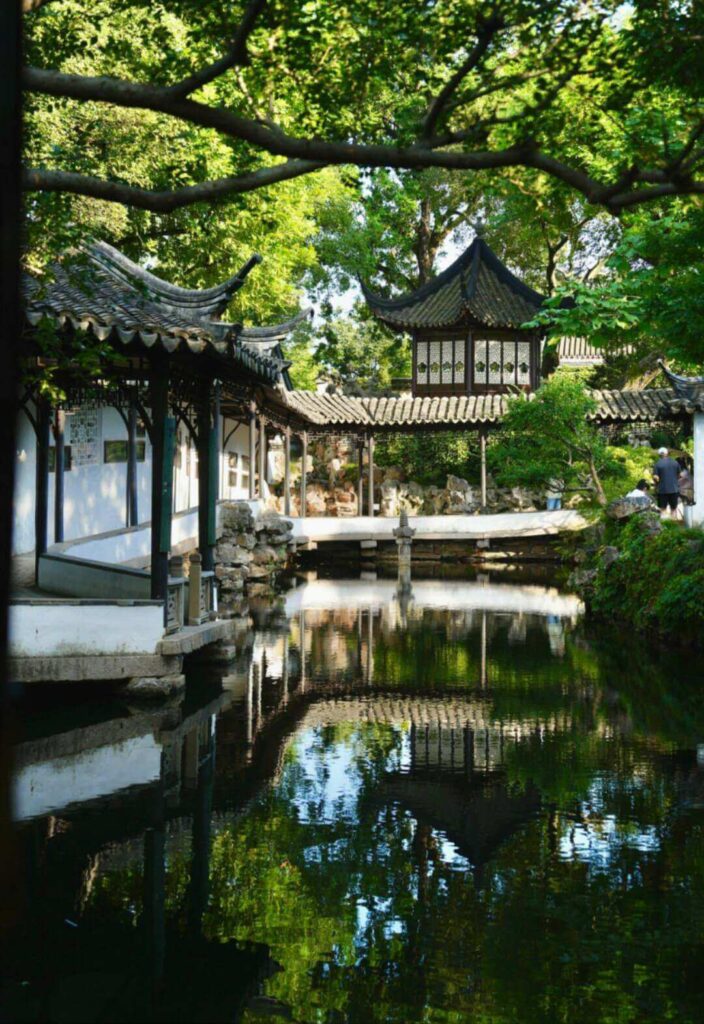
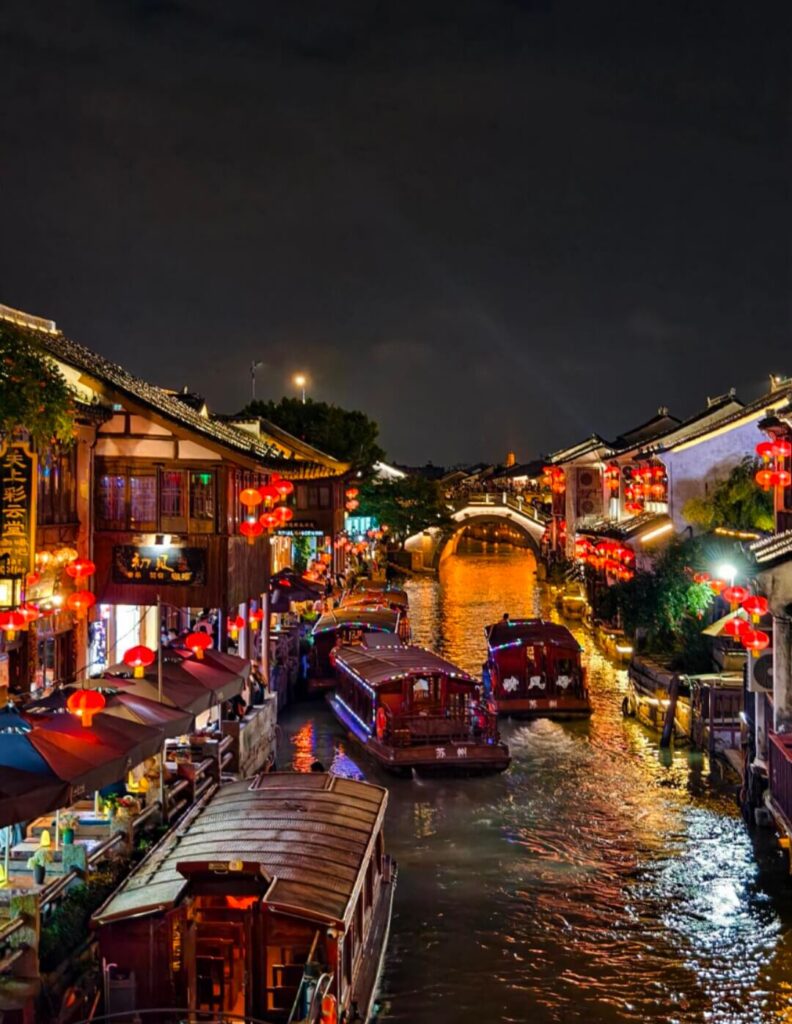
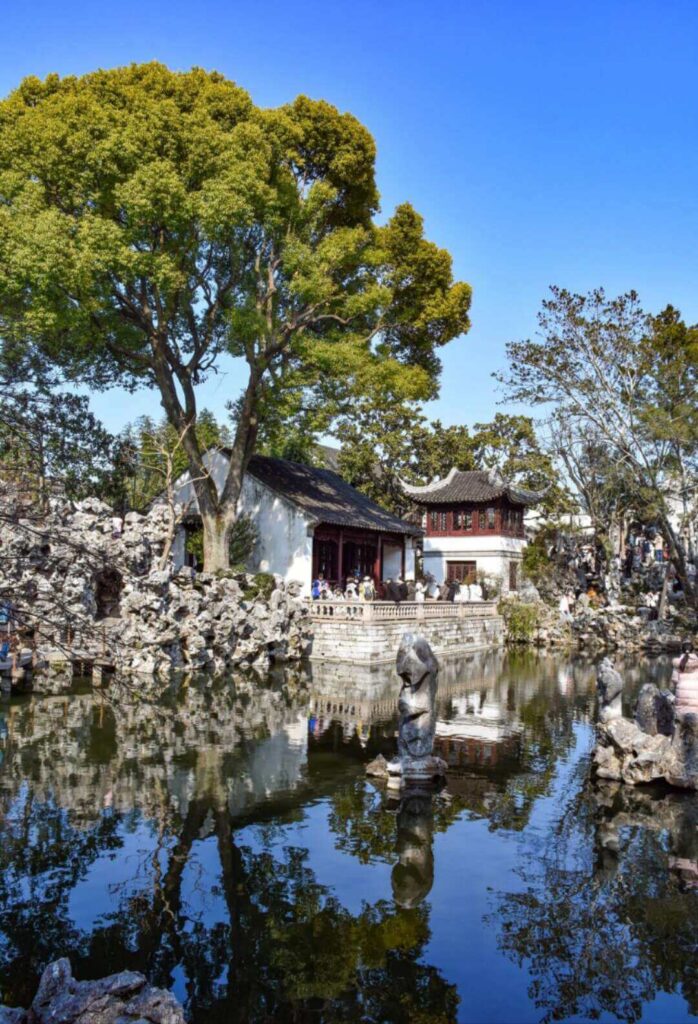
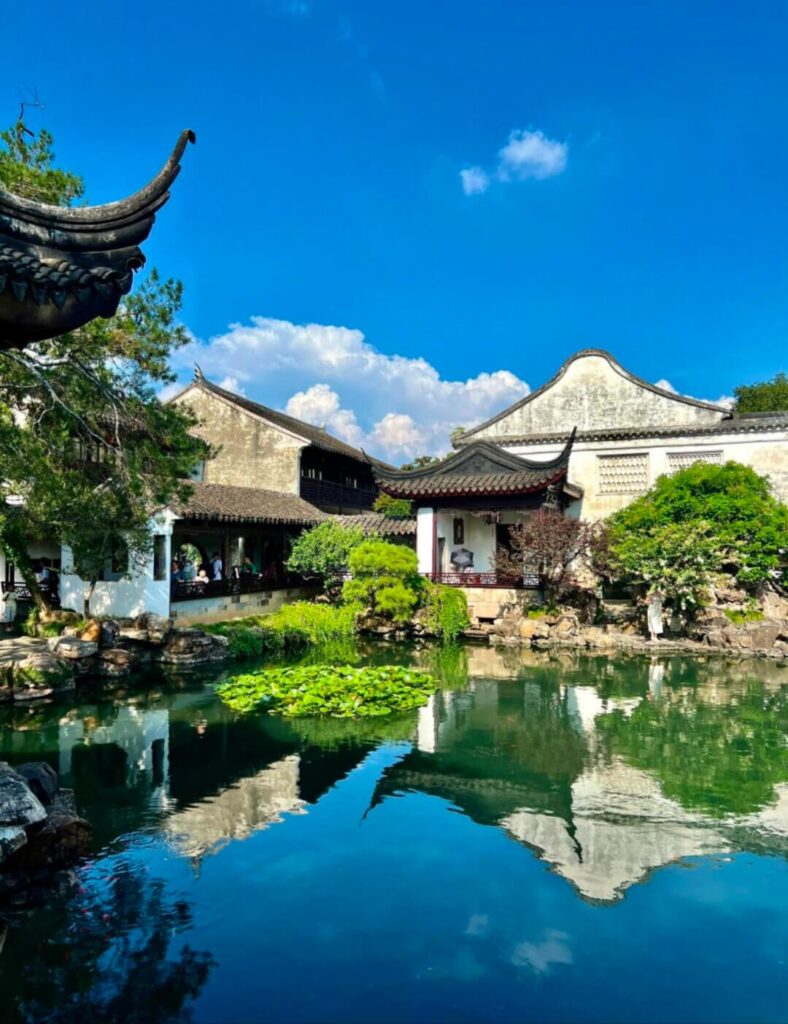
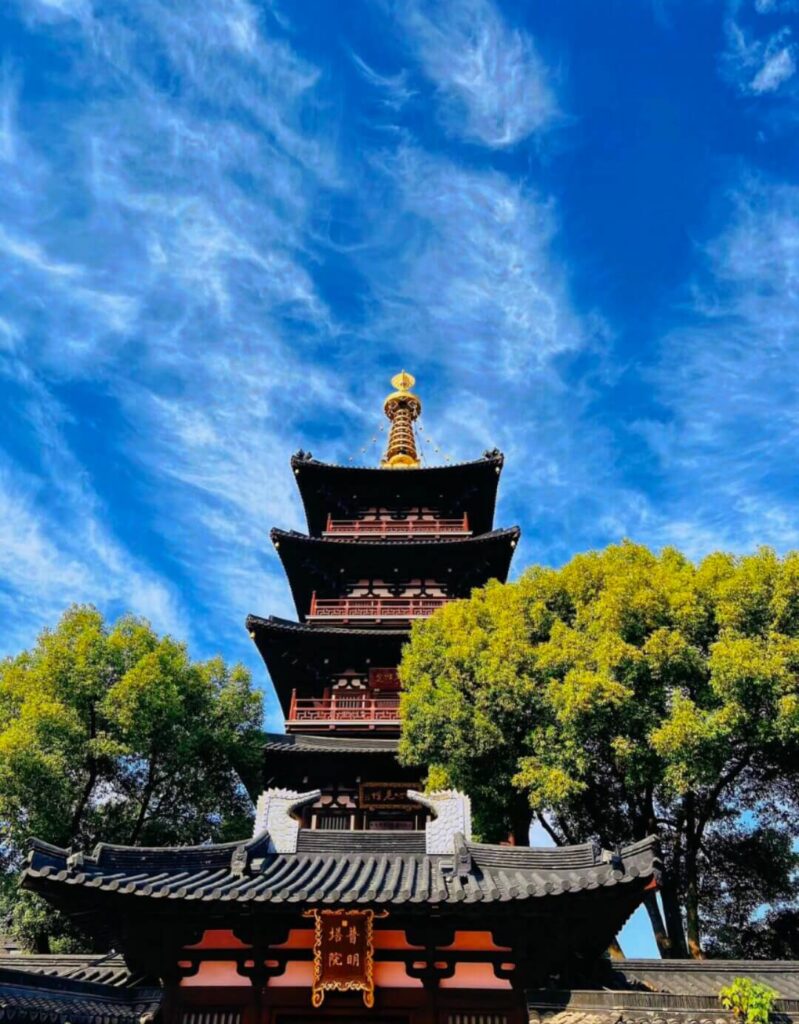
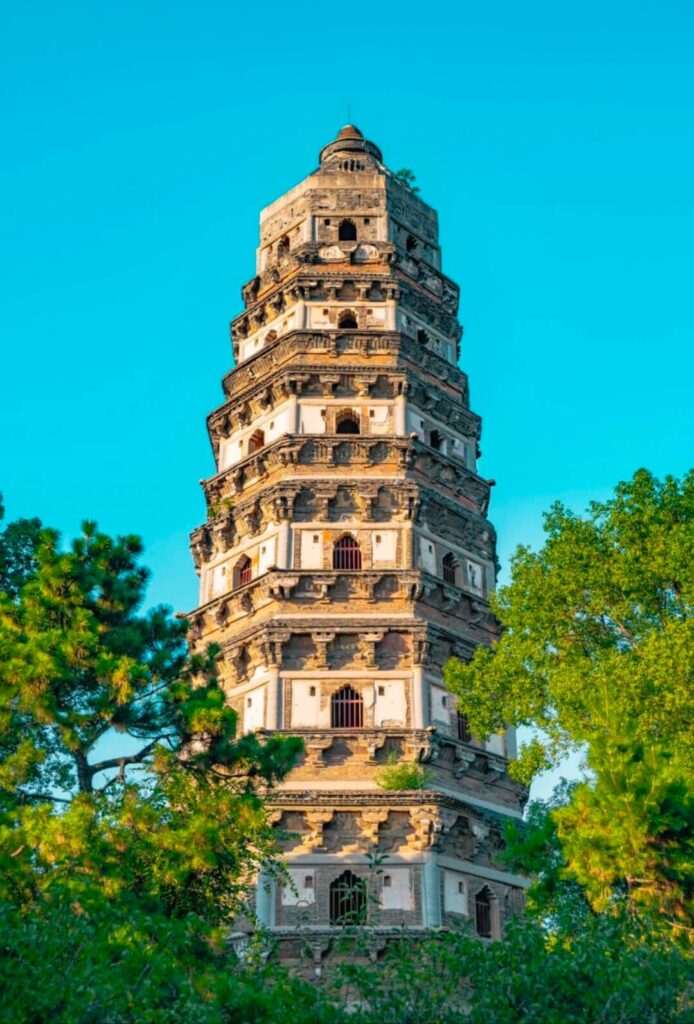
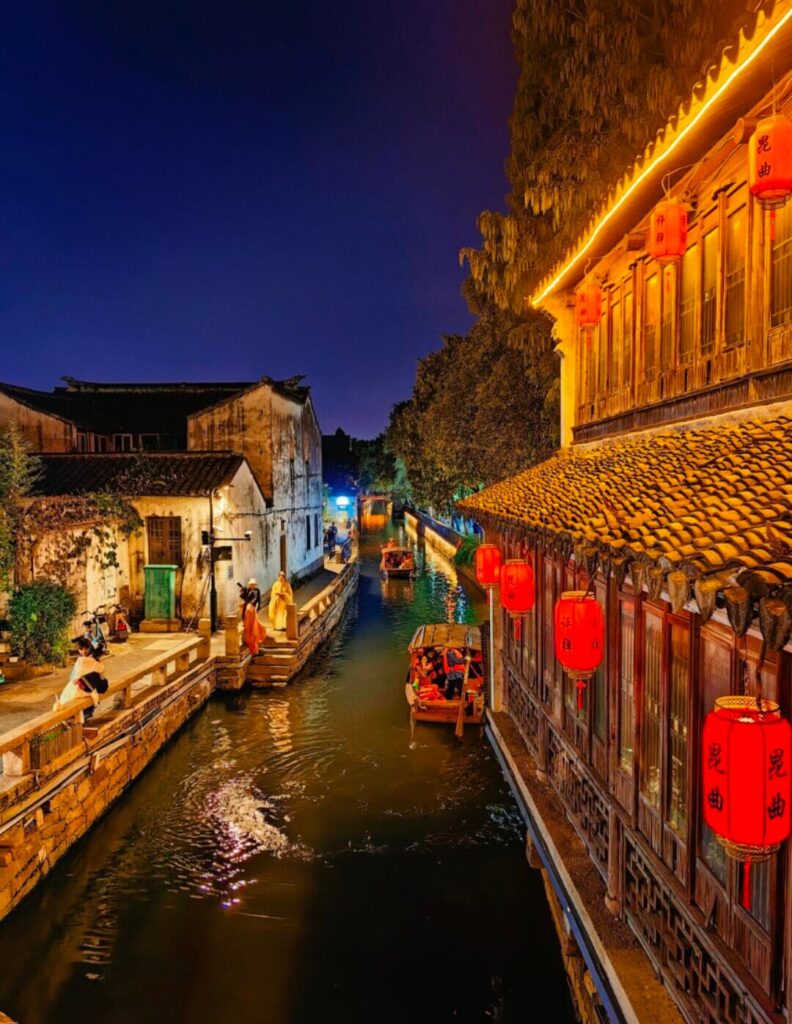
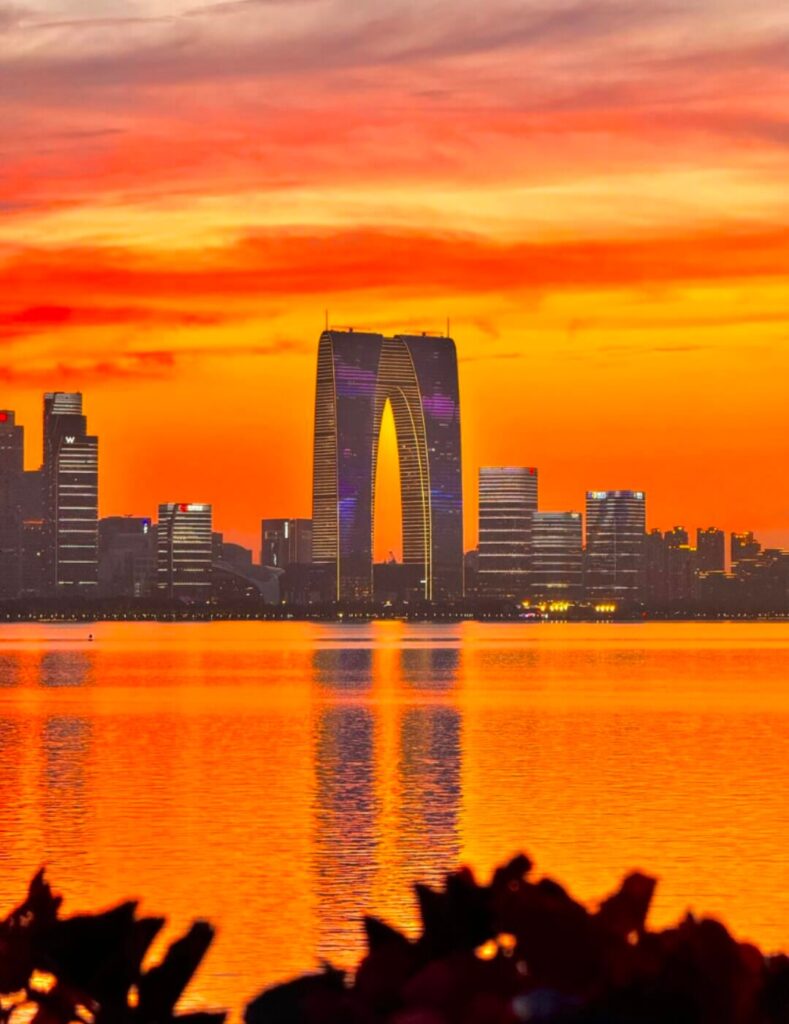
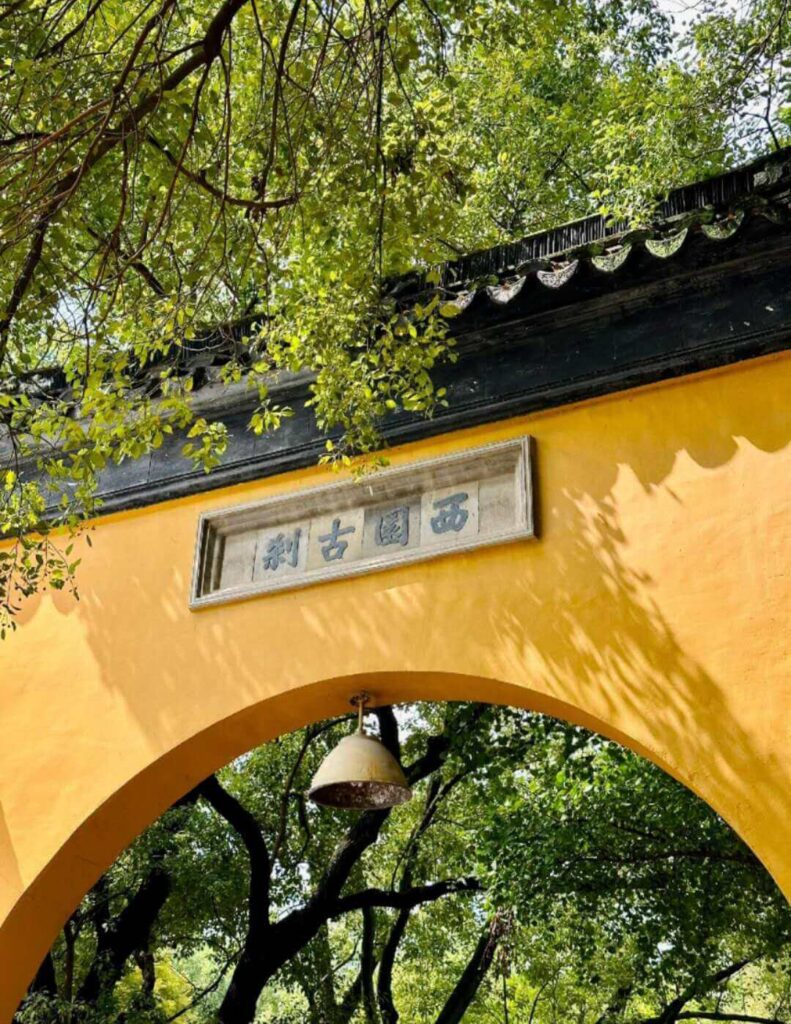
- The Humble Administrator’s Garden (拙政园)
The Humble Administrator’s Garden is the largest of the four famous classical gardens in Suzhou and is renowned for its exquisite rockeries and tranquil water landscapes. It is often regarded as the most beautiful garden in Wu region, drawing large crowds year-round. The garden offers a variety of scenic views at every turn, with different flowers in bloom across the seasons—lotus flowers in summer and autumn, chrysanthemums in the fall, and azaleas in spring. It is advisable to book tickets in advance during holidays. To avoid the crowds, it’s recommended to visit early, around 7:30 AM when the garden opens. The garden is usually very crowded, which may affect the viewing experience. Adult tickets cost 80 RMB, with discounted prices for students and seniors. Spring, summer, and autumn are the best seasons to visit, with flower exhibitions like the lotus and chrysanthemum displays. - Pingjiang Road (平江路)
Pingjiang Road is a well-preserved historical street in Suzhou, known for its ancient architecture, local snacks, handicrafts, and Suzhou Pingtan (a traditional music and storytelling art form). The street runs along the river, with ancient buildings featuring white walls and black tiles, and cobblestone paths, showcasing the typical Jiangnan water town style. It is a miniature of Suzhou’s ancient city, with misty alleys, small bridges, flowing water, and the vibrant atmosphere of the old town, which nurtures Jiangnan’s unique culture, including Kunqu opera, Pingtan, classical gardens, and Suzhou embroidery. The soft Wu dialect and Pingtan performances are must-sees. However, the area is quite commercialized, and the prices for snacks can be high. Some parts of the river have garbage and oil sheen, which might affect the experience. It can also get crowded on weekends, so it is recommended to avoid peak hours. For a more relaxed visit, it’s best to go during the day. The street is easily accessible by walking from Exit 3 of the Ximen Station on Metro Line 1. There are plenty of photo spots, such as the “Suzhou” graffiti wall and small bridges with flowing water, making it an ideal place for photos. - Suzhou Museum (苏州博物馆)
Suzhou Museum, designed by the famous architect Ieoh Ming Pei, perfectly blends traditional Suzhou-style architecture with modern design, showcasing rich historical and cultural exhibits. The white walls and black tiles of the building, with traditional Chinese landscapes visible through the lattice windows, reflect the essence of Suzhou’s architecture. The museum is free to enter but requires reservations made seven days in advance. The design concept, “Ink Suzhou,” covers an area of 26,500 square meters and is filled with thoughtful design elements and the aesthetics of light and shadow. Due to its popularity, the museum is often crowded, so it is recommended to visit before 9:30 AM. If you haven’t made a reservation in advance, you may not be able to enter, so planning ahead is essential. The museum is open Tuesday to Sunday from 9:00 AM to 5:00 PM, and closed on Mondays. Visitors should bring their ID card for entry, and be sure to check out notable exhibits such as the secret-color porcelain lotus bowl. - Xiyuan Temple (西园寺)
Xiyuan Temple features two ancient ginkgo trees in front of the main hall, their golden leaves covering the ground in autumn, with the temple’s yellow walls providing a picturesque backdrop for photography. It serves as both an ancient temple and a garden, offering a peaceful and serene atmosphere. The entrance fee is just 5 yuan, and the temple is open from 7:30 AM to 6:00 PM. Visitors can receive three incense sticks upon entry. The vegetarian noodles and buns are quite popular, and the presence of cats and pigeons adds to the charm. However, some visitors have noted that the temple’s cats can be aggressive, and strollers may have difficulty navigating. It’s also advisable to be cautious about the taxi service recommendations at the entrance. To get there, take the subway Line 2 to Shilu Station, and walk to the temple. Keep in mind that many of the cats in the temple are strays, so be sure to exercise caution. - Shantang Street (山塘街)
Shantang Street is a historic street in Suzhou, especially enchanting in the evening when the lanterns are lit, creating a stunning night view. It preserves numerous ancient buildings and traditional culture, making it an excellent place to experience the charm of Suzhou’s water towns. No tickets are required for Shantang Street, and it’s particularly suitable for evening visits. The picturesque setting of bridges and flowing water perfectly showcases the style of Jiangnan. Visitors can take a boat ride to immerse themselves in the street’s tranquility and beauty. However, Shantang Street can become crowded, especially during holidays. Some areas may have ongoing roadworks that could affect the experience, and driving there might lead to traffic congestion. Located in Suzhou’s Gusu District, the street is easily accessible. It’s recommended to take Subway Line 2. The eastern part is the tourist area, while the western part remains a residential area full of authentic Jiangnan daily life. - The Lingering Garden (留园)
The Lingering Garden is one of China’s Four Great Gardens, renowned for its exquisite layout and architectural artistry. The garden features numerous unique rocks, artificial hills, ponds, and autumn leaves, creating a picturesque, painting-like ambiance. Spanning 23,300 square meters, it exemplifies Qing Dynasty style. The garden includes spacious and ornate halls, with courtyards full of variety. Visiting in the morning is recommended to avoid peak crowds. During holidays and weekends, the large number of visitors may affect the experience. With limited walking space inside, it’s best to visit during off-peak times. The Lingering Garden is conveniently accessible by public transport. Take Metro Line 2 to Shilu Station and walk about 1 kilometer to the garden. Plan for 2-3 hours to explore thoroughly. - Hanshan Temple (寒山寺)
Hanshan Temple is renowned for its association with the famous poem “A Night Mooring by Maple Bridge” (Fēngqiáo Yè Bó). The serene night bell tolls, ancient statues of Han Shan and Shi De, as well as landmarks like Maple Bridge and the Iron Bell, give it a distinctive charm. Built during the Southern Dynasties over 1,500 years ago, it is one of China’s top ten famous temples. Visitors can burn incense for blessings, enjoy vegetarian food, and experience a tranquil and harmonious atmosphere. The temple grounds are relatively small and have a noticeable commercial vibe. Admission is 20 RMB. Access may be inconvenient, requiring either a walk or a taxi ride. The temple is open from 7:30 AM to 6:00 PM. It’s recommended to visit Maple Bridge first, then proceed to the temple to avoid retracing your steps. - Jinji Lake (金鸡湖)
Located in Suzhou Industrial Park, Jinji Lake features expansive waters surrounded by modern skyscrapers, making it a hallmark of Suzhou’s contemporary beauty. At night, the area is illuminated with dazzling lights, creating a vibrant cityscape. The lake offers stunning lakeside views and breathtaking sunsets, providing a panoramic perspective of the area. It reflects the modern charm of Suzhou’s urban development. The daytime scenery is relatively ordinary, and some visitors feel it is better suited for walking rather than engaging in other activities. The area is easily accessible via Metro Line 1 and several bus routes. The park includes ten notable scenic spots, making it well worth a visit. - Lion Grove Garden (狮子林)
Lion Grove Garden is renowned for its unique rock formations and rich cultural heritage. The garden features towering rockeries resembling lions, offering extraordinary and intriguing views. The rock maze within the garden provides an adventurous experience, making it ideal for visitors who enjoy exploration. The admission fee is 40 RMB, and advance reservations are recommended. A visit typically lasts 1.5 to 2 hours. Some visitors find the rock maze less enjoyable, especially in dimly lit cave areas. Crowds and unclear signage can affect the experience. As a representative Yuan Dynasty garden with over 650 years of history, Lion Grove Garden is open from 7:30 AM to 5:00 PM, with diverse recommended touring routes available. - Tiger Hill (虎丘)
Tiger Hill boasts a long history and rich cultural heritage, including the famous Tiger Hill Pagoda and Sword Pool. The site seamlessly blends natural beauty with historical relics, making it an iconic landmark of Suzhou. Known as “the first scenic spot in Wu,” Tiger Hill is celebrated by Su Dongpo, who once said, “A trip to Suzhou is incomplete without visiting Tiger Hill.” Autumn is particularly enchanting, with golden ginkgo leaves painting a picturesque landscape. The ticket price is 70 RMB, and a visit typically takes 3-4 hours. From the South Gate, visitors can take a boat to Shantang Street for a unique water journey. Convenient transportation is available, but it’s best to plan your visit outside of peak hours. Highlights such as the Tiger Hill Pagoda and Sword Pool are must-sees, though some areas may feel less worth the ticket price.
Additional Information
* For certain attractions, foreign passport holders can buy tickets directly on-site without the requirement for advance reservations.
MORE ABOUT SUZHOU
Highlights
All information you need to schedule your tour in Suzhou.
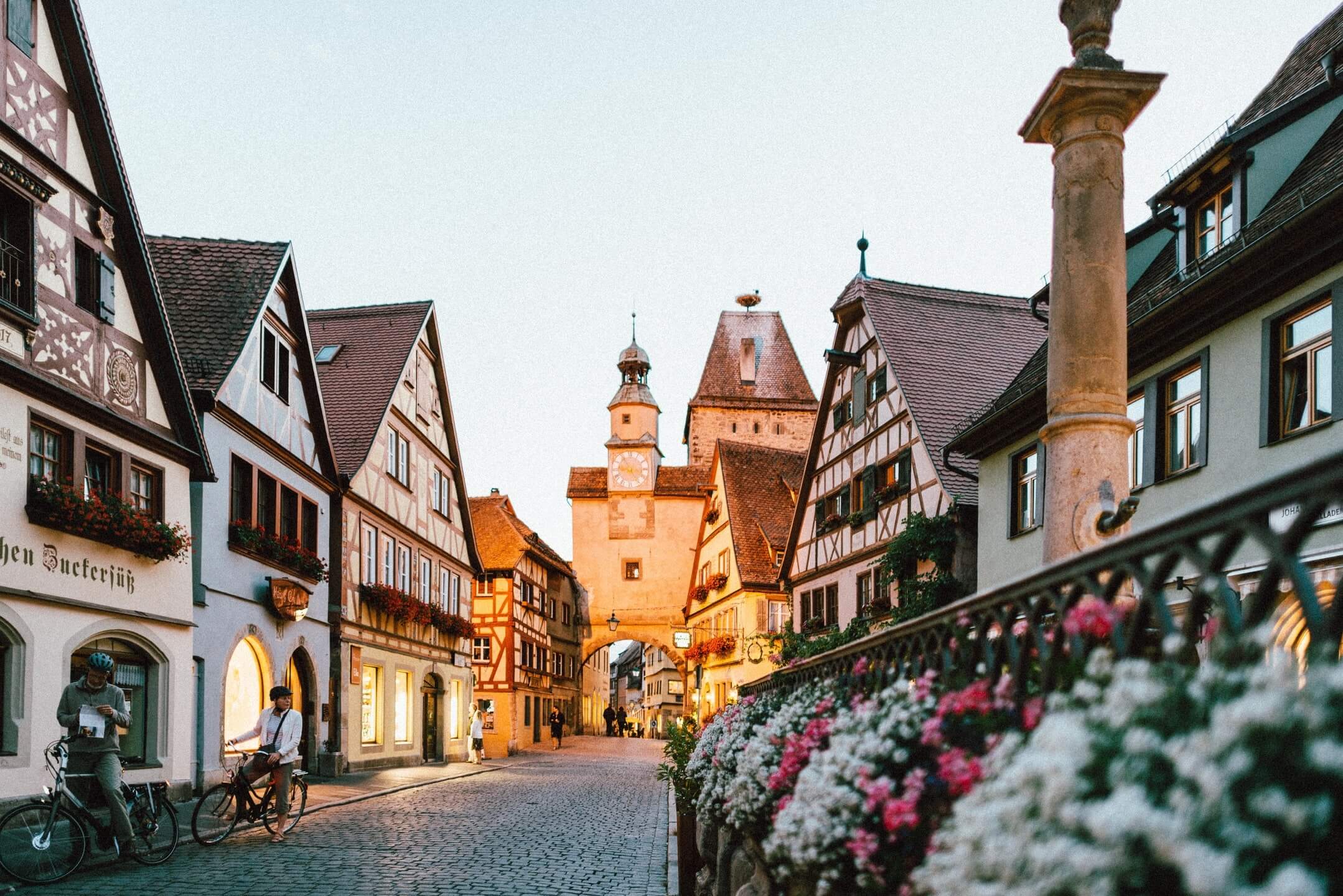
Cultural Landmarks

Natural Scenery
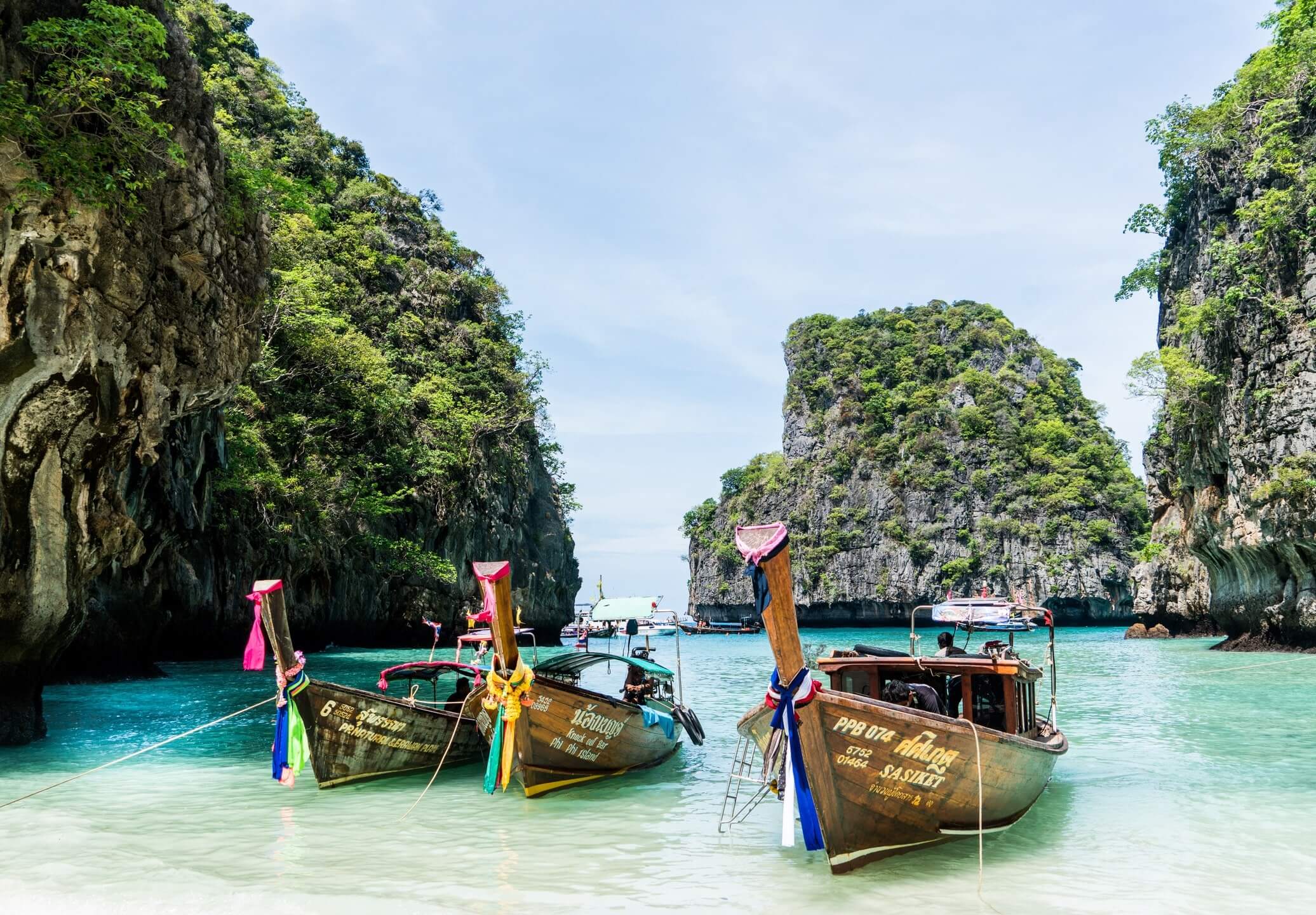
Local Cuisine
